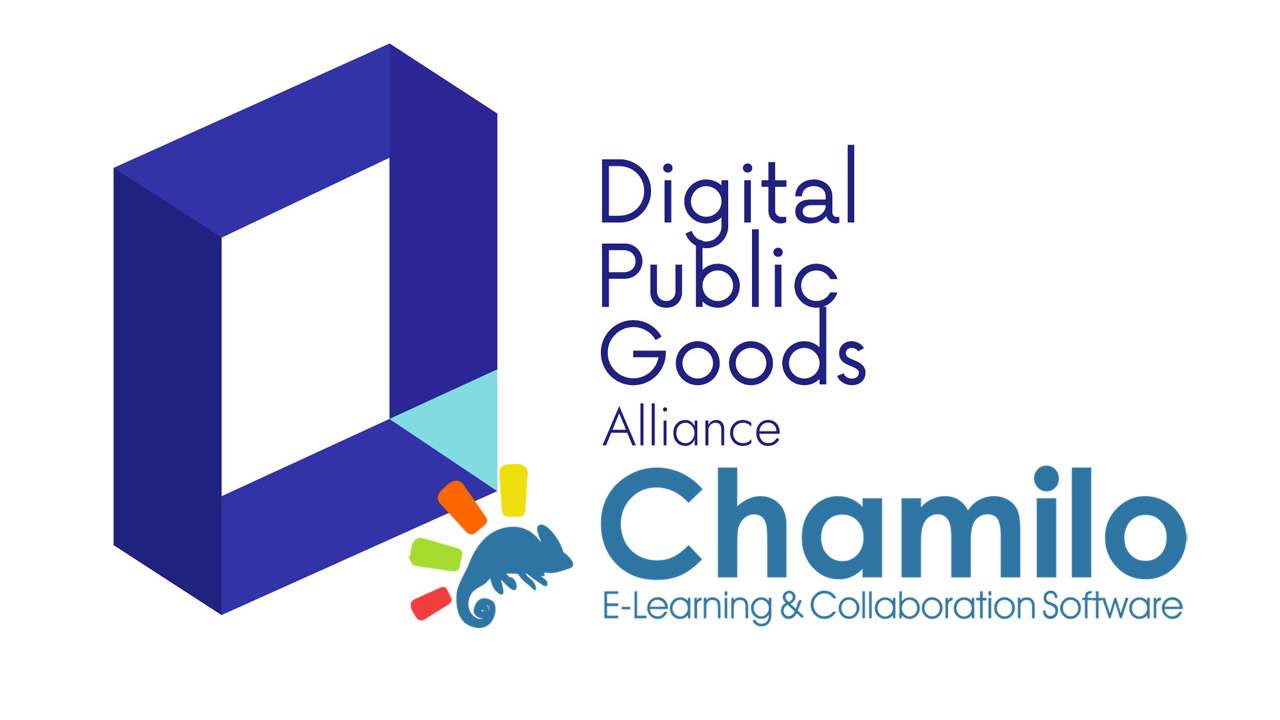Over the past decade, Learning Management Systems (LMS) have become essential elements in the digital transformation of education and corporate training. It’s no longer just about having an online platform to host content, but about providing scalable, secure, and user-centered learning experiences. In this context, platforms like Moodle and Chamilo LMS have proven they belong to the “big league.”
What does reaching this level of technological maturity really mean?
The maturity of an LMS in the digital ecosystem
A mature LMS is not defined by its popularity, but by its ability to meet the demands of a constantly changing environment. This includes:
- Integrating digital learning resources.
- Facilitating communication between learners and tutors.
- Providing comprehensive assessment tools.
- Ensuring accessibility on any device.
Moodle and Chamilo LMS have both followed this path toward maturity, each with its own approach but sharing key attributes: scalability, flexibility, and a solid ecosystem that ensures long-term evolution.
Key traits of an LMS “in the big league”
Comparison: Early-Stage LMS vs. Mature LMS
| Aspect | Early-Stage LMS | Mature LMS |
|---|---|---|
| Users | Supports hundreds (with limits) | Scales to thousands with stability |
| Interface | Functional but not intuitive | Pleasant, responsive, and accessible |
| Integrations | Limited to basic features | Includes videoconferencing, analytics, APIs, etc. |
| Support | Relies on community forums | Professional support + Active community |
Practical strategies for institutions and companies
Conclusion
Joining the “big league” isn’t about the name or the label, it’s about real capabilities: scalability, outstanding user experience, flexibility, and reliable support. Moodle and Chamilo LMS are examples of platforms that have reached this level, but what matters most for each institution is to choose the platform that best aligns with its strategy. With the right support, an LMS is not just a course manager, it becomes a true engine for digital learning.


